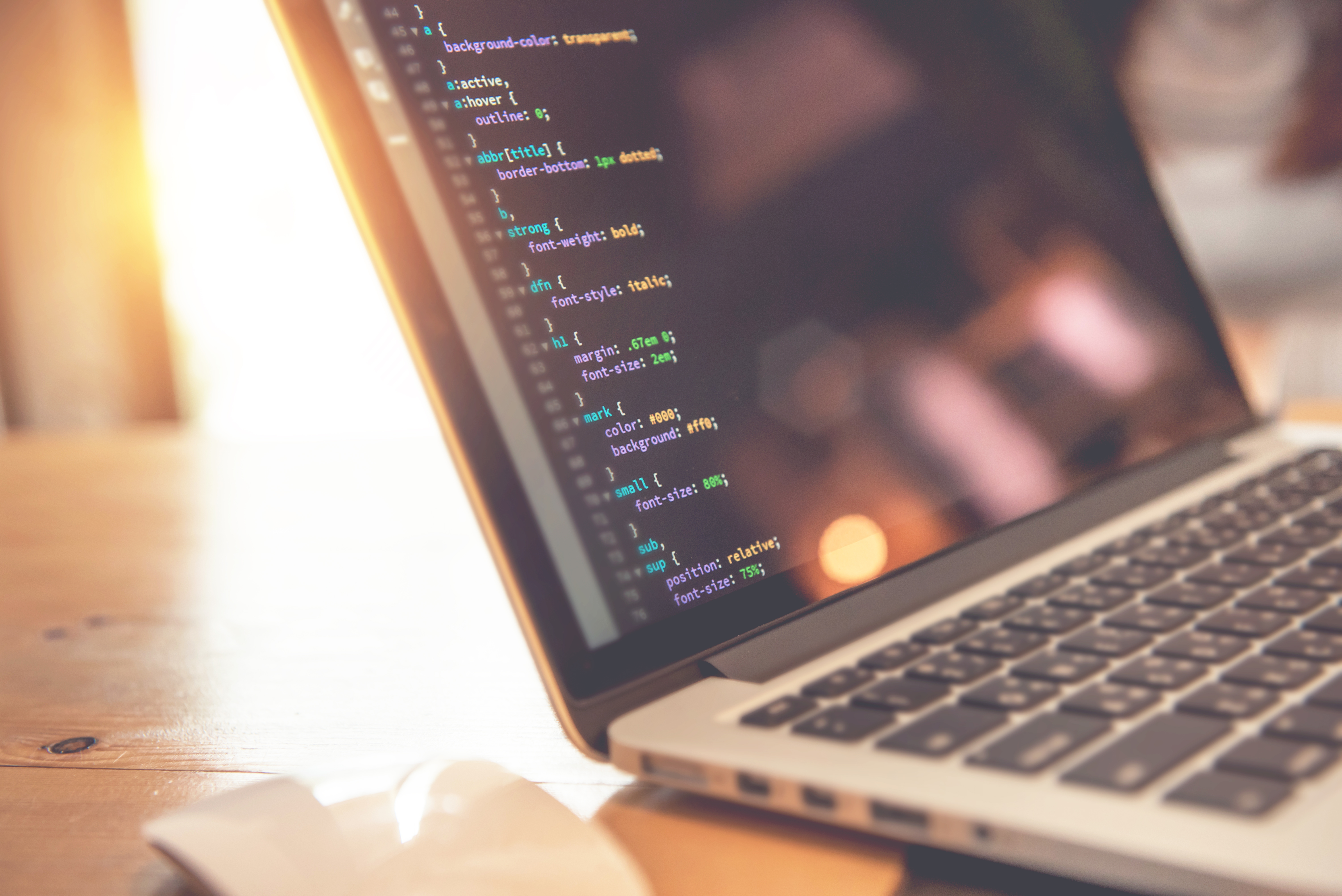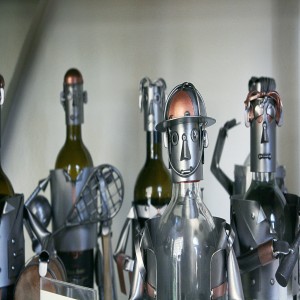Coding is a unique art form in that, in many cases, there is a universally best or singular way to do something. Where other types of artists play with and break the rules of their craft, programmers are often more limited in the rules they can break. There are many ways to paint a beautiful sunset and writers can choose from an endless list of words to describe a scene. But coders? They have a best (or perhaps only one) way to declare a variable.
And while this may make programming seem like a less creative craft, thats actually far from the truth. Programmers are constantly flexing their genius and finding new solutions for their problems.
But what about originality? Wouldn't such limitations make coding less original? If there are limited ways to do something, then certainly the work of one coder would seem identical to that of others.
However, anyone who has coded in a team environment knows the truth. When looking at code written by other individuals, programmers quickly notice differences and can often spot the work of a particular colleague without looking at the comments. Similar to how a reader can spot the work of an author they know well, programmers can spot the unique work of fellow coders.
The clues for this range from small things such as indentation, variable choice and commenting style to bigger differences such as approaches for solving common problems or the overall structure of one's code.
This is because every programmer, over time, develops their own voice. However, this isn't something that happens quickly or by accident, it comes from years of practice and from learning from other programmers and their work.
In that regard, coding really is the same as any other art. Originality isn't simply created from thin air, it's produced by taking one's personal combination of influences and melding it to their unique traits and ideas.
But if coding is an art form and can be every bit as original as any other craft, that makes the citation and attribution of others' work just as important as well. While it is true that coders routinely use the work of others, either out of necessity or expediency, attribution is still a crucial part of that copying.
After all, attribution isn't just about giving credit where it's due, it's about being honest about one's own work and influences. Attribution is how we show respect to the creativity and work of those who came before us, especially those outside our organization.
And, while the rules of programming may, to an outsider, seem to limit or stifle originality, taking a deeper look reveals how the creativity of coding makes it, truly, an art form.
This post was contributed by Jonathan Bailey, a foremost expert in plagiarism. He has spent over 16 years fighting plagiarism professionally and currently blogs on Plagiarism Today, where he raises awareness about the importance of digital literacy and the societal effects of plagiarism.





